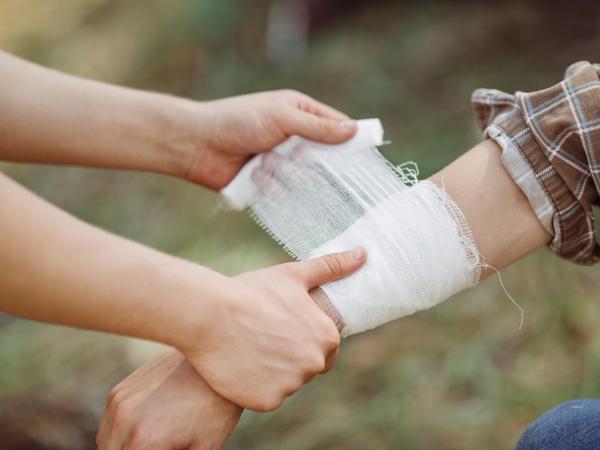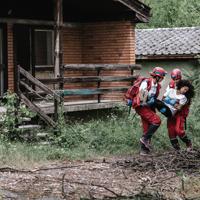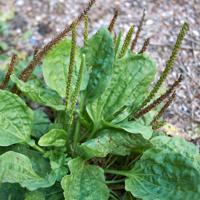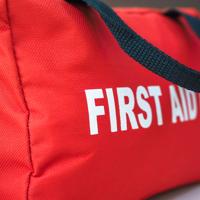Venturing into the great outdoors is an exhilarating experience but it’s important to be prepared for the unexpected. Accidents can happen even with the most careful preparation. Knowing how to treat common injuries in the field can make a significant difference in your ability to manage a situation until professional help arrives. Let’s explore some of these injuries and the basic first aid techniques that can be useful while you are out there.
1. Cuts and Scrapes
Small cuts and scrapes are fairly common during outdoor activities.
Treatment Steps:
- Clean the Wound: Rinse the area with clean water. If possible, use an antibiotic wipe or saline solution to remove dirt and debris.
- Control Bleeding: Apply gentle pressure with a clean cloth or bandage to stop bleeding. Elevate the wound above heart level if bleeding persists.
- Protect the Wound: Once bleeding is under control, cover the wound with a sterile bandage or dressing to keep it clean.
It’s good to check the wound daily for signs of infection, such as increased redness, swelling, or pus.
2. Sprains and Strains
Twisting an ankle or straining a muscle can occur easily when moving on uneven surfaces.
R.I.C.E Method:
- Rest: Avoid putting weight on the injured area.
- Ice: Apply an ice pack for up to 20 minutes every few hours to reduce swelling.
- Compression: Wrap the area with an elastic bandage to provide support and limit swelling. Be careful not to wrap too tightly.
- Elevation: Keep the injured area elevated above heart level to decrease swelling.
3. Insect Bites and Stings
Encounters with insects are almost bound to happen in the wilderness.
Treatment Steps:
- Remove the Stinger (if applicable): Use a flat object like a credit card to gently scrape and remove a stinger without squeezing if you’re stung by a bee.
- Clean the Area: Wash with soap and water to prevent infection.
- Reduce Swelling: Apply a cold compress to alleviate swelling and pain.
- Monitor for Allergic Reactions: Look for signs like hives, difficulty breathing, or swelling in the face or throat. If any of these occur, seek emergency help immediately.
4. Blisters
Blisters are a common result of wearing new or ill-fitting shoes during hiking.
Treatment Steps:
- Clean with Antiseptic: To reduce the risk of infection, clean the blister location.
- Protect the Blister: If the blister is not painful or in a place causing discomfort, it’s best to leave it intact. Protect it with a moleskin pad or blister plaster.
- Drain if Necessary: If you must pop it, sterilize a needle, make a small puncture at the edge, and gently press the fluid out, keeping the overlying skin intact.
5. Burns
From a campfire or the sun, minor burns are possible during outdoor activity.
Treatment Steps:
- Cool the Burn: Immerse the burn in cool (not cold) water for 10-20 minutes. Do not use ice.
- Cover the Burn: Apply a sterile, non-stick bandage or cloth loosely over the area.
- Stay Hydrated: Ensure the person is drinking water, as burns can be dehydrating.
Research and Further Reading
While these tips provide a basic understanding of managing common injuries, it is beneficial to further your knowledge. Here are a few resources you might find helpful:
- The American Red Cross First Aid App: An excellent resource for quick, reliable first aid information.
- Wilderness First Responder Courses: Consider enrolling in a course from the National Outdoor Leadership School (NOLS) or similar organization.
- “Mountaineering: The Freedom of the Hills”: This book contains comprehensive guidelines and is highly recommended for outdoor enthusiasts.
Remember, while these techniques can be useful, they are not a substitute for professional medical care. When in doubt, or if the situation does not improve, seek professional help as soon as possible. Your safety is invaluable, and preparing for emergencies helps ensure that adventures remain enjoyable and safe.




